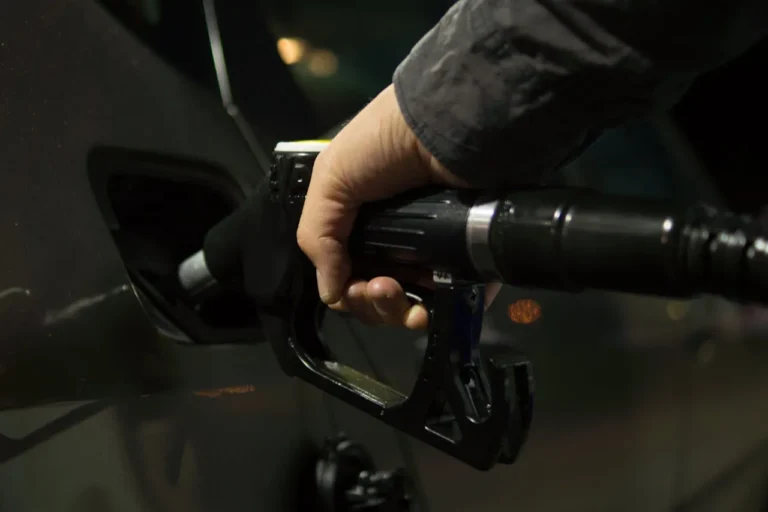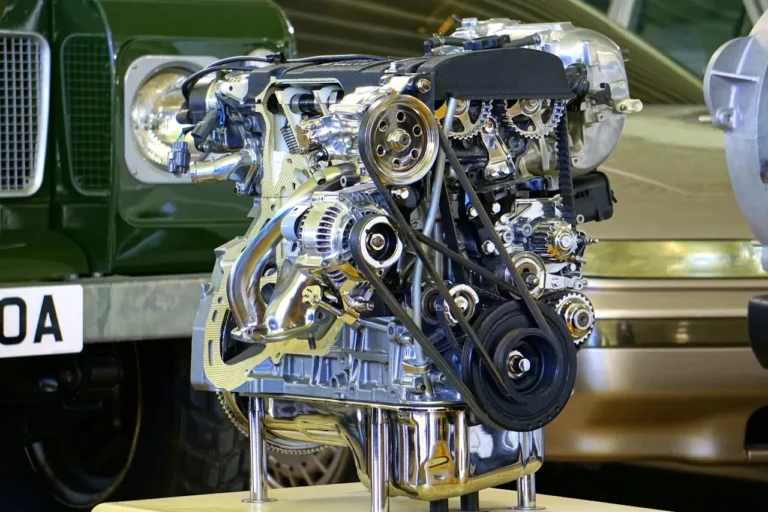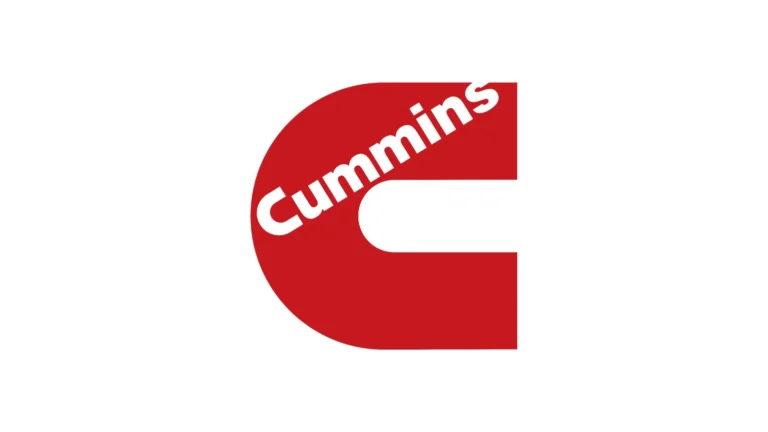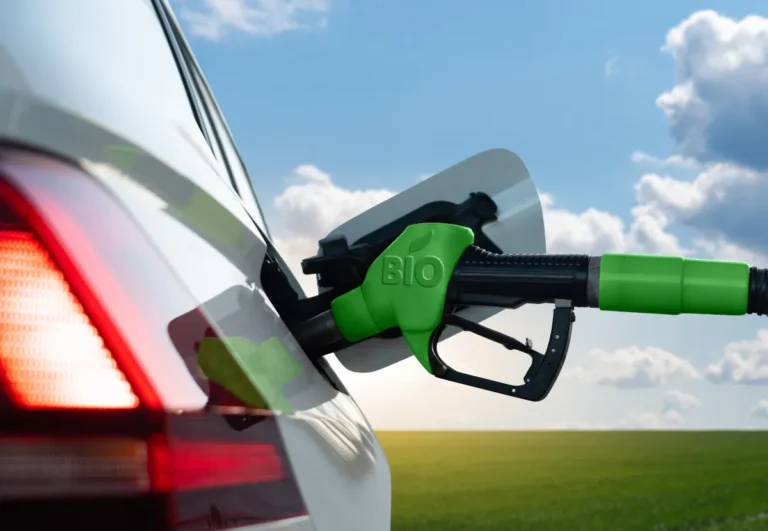
The Total Sales Forecast
Total new-vehicle sales for July 2023, including retail and non-retail transactions, are projected to reach 1,320,982 units, a 21.5% increase from July 2022, according to a joint forecast from J.D. Power and GlobalData. Total sales of new vehicles this month are expected to reach 1,320,982 units, a 21.5% increase compared with July 2022 when adjusted for selling days. July 2023 has 25 selling days, one less than July 2022. Comparing the same sales volume without adjusting for the number of selling days translates to an increase of 16.8% from a year ago.
The seasonally adjusted annualized rate (SAAR) for total new-vehicle sales is expected to be 16.0 million units, up 2.6 million units from July 2022.
The Retail Sales Forecast
New-vehicle retail sales for July 2023 are expected to increase when compared with July 2022. Retail sales of new vehicles this month are expected to reach 1,083,906 units, a 15.2% increase from July 2022 when the selling day is adjusted. Comparing the same sales volume without adjusting for the number of selling days translates to an increase of 10.8% from July 2022.
The Takeaways
Thomas King, president of the data and analytics division at J.D. Power:
“July continues the prevailing theme of robust sales growth thus far in 2023, facilitated by amplified vehicle production and pent-up consumer demand. July year-to-date total sales will be slightly more than 9.0 million units—an increase of 14.4% from a year ago—but still below pre-pandemic sales levels, which were north of 9.8 million. As sales volumes improve, the average new-vehicle retail transaction prices are declining modestly, down 1.9% from July 2022.
“Retail inventory levels in July are expected to finish around 1.3 million units, in line with June 2023 and a substantial increase of 63.7% compared with July 2022, but well below historical levels.
“Sales to fleet customers are still relatively elevated as manufacturers leverage higher vehicle production to allocate more vehicles to those fleet customers. Fleet sales are projected to increase by 55.1% from July 2022.
“The increased vehicle supply and elevated interest rates have led to a decline in dealer profits—but those profits still exceed pre-pandemic levels. The total retailer profit per unit—which includes grosses, finance and insurance income—is expected to reach $3,533 in July. While this is 28.3% lower than a year ago, it is still more than double the amount in July 2019. The primary reason for the decline in profit is that fewer vehicles are being sold for prices higher than the manufacturer’s suggested retail price (MSRP). This month, only 28.7% of new vehicles are projected to be sold above MSRP, which is down from 49.3% in July 2022.”
Total aggregate retailer profit from new-vehicle sales for this month is projected to be down 22.4% from July 2022, reaching $3.6 billion for the third-highest July on record.
“Retailers continue to sell vehicles before they physically arrive at the dealership. However, with increased inventory levels, more consumers are now able to purchase vehicles from dealer lots. In July, 44% of vehicles are projected to be sold within 10 days of their arrival at the dealership, which is down from the peak of 57% in March 2022. The average time that a new vehicle spends in the dealer’s possession before being sold is expected to be 28 days, up from 19 days a year ago, but still less than half the pre-pandemic average of 70 days.
“Manufacturer discounts in July rose slightly compared with June and have increased materially from a year ago. The average incentive spend per vehicle has risen 107% from July 2022 and is currently on track to reach $1,888. Expressed as a percentage of MSRP, incentive spending is currently trending at 3.7%, an increase of 1.7 percentage points from July 2022. A key factor influencing the relatively lower incentives compared to historical levels is the decreased number of discounts provided for leased vehicles. However, it is noteworthy that discounts on leased vehicles have risen in recent months. This month, leasing is expected to account for 20% of retail sales, up significantly from the low of 16% in September 2022, but still well below July 2019 when leased vehicles made up nearly 30% of all new-vehicle retail sales.
“Elevated pricing coupled with interest rate increases continue to inflate monthly loan payments. The average monthly finance payment in July is on pace to be $720, up $16 from July 2022. That translates to a 2.3% increase in monthly payments from a year ago. The average interest rate for new-vehicle loans is expected to be 7.1%, an increase of 180 basis points from a year ago.
“Used-vehicle prices have declined slightly from a year ago but remain close to all-time highs. The average trade-in equity for July is trending toward $9,033, down $1,014 from a year ago. For context, trade equity this month is still double the pre-pandemic level, helping owners offset some of the pricing and interest rate increases.
“In the latter half of 2023, the industry could face a series of challenges, yet remains poised to navigate through them. Despite the potential effect of prevailing macro-economic risks, the industry is ready to capitalize on the prevailing pent-up demand for new vehicles, in conjunction with incremental enhancements in historically low inventory levels. As the availability of new vehicles improves, a gradual easing of pricing and per unit profitability is anticipated but will be mitigated by higher sales volumes.”










